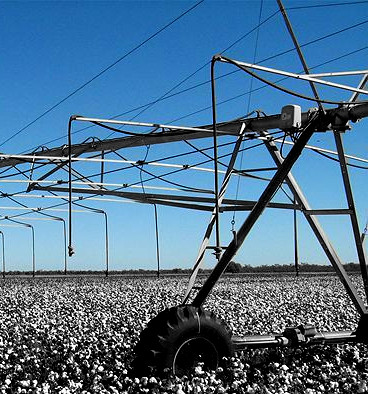Pavey changing flood rules
 The NSW Water Minister is standing by plans that could put the state at odds with the MDBA.
The NSW Water Minister is standing by plans that could put the state at odds with the MDBA.
New South Wales Water Minister Melinda Pavey has lodged the state's final water-sharing plans with the Murray-Darling Basin Association (MDBA) and the Federal Government.
But she has been unable to guarantee the plans will not reduce environmental water flows out of some catchments, which is required by the Murray-Darling Basin plan.
It is expected to raise concerns with the MDBA and the commonwealth environmental water holder.
Ms Pavey says she makes “no apologies” for the proposal to dramatically increase flood takes for some irrigators.
“We are setting the balance right and looking to communicate and consult with our productive sector, those that grow things, those that provide jobs and export income for this nation that have been neglected by the process,” she said.
“This is about ensuring that we have product in this country, that we have Australian cotton and Australian rice, we have wine grown on our vineyards.
“It is about ensuring we have a productive sector that is respected.”
Ms Pavey has been working with modelling that does not take into account millennium drought years 2003 and 2004, but says she is confident the plans paint an accurate picture for forecasting.
“The water sharing plans take into account 80 years of modelling and data,” she said.
“Let's not forget that at the time of Federation, the Murray and the Darling were dry.
“There have been times of plenty and there have been times of drought.
“It does include and will include terrible droughts and the outlier droughts that we have seen in recent years.”
Despite the fact that rivers in the basin have been subjected to over-extraction by irrigators in the past, Ms Pavey says the plans for the Namoi Valley increase the amount of water for irrigation in that catchment by allowing irrigators to take 50 per cent of flood waters, up from the current allowable flood take of 10 per cent.
“There will be an opportunity for Namoi irrigators in a supplementary flow [flood] to be able to ensure they get 50 per cent of the water instead of the environment getting 90 per cent,” Ms Pavey said.








 Print
Print